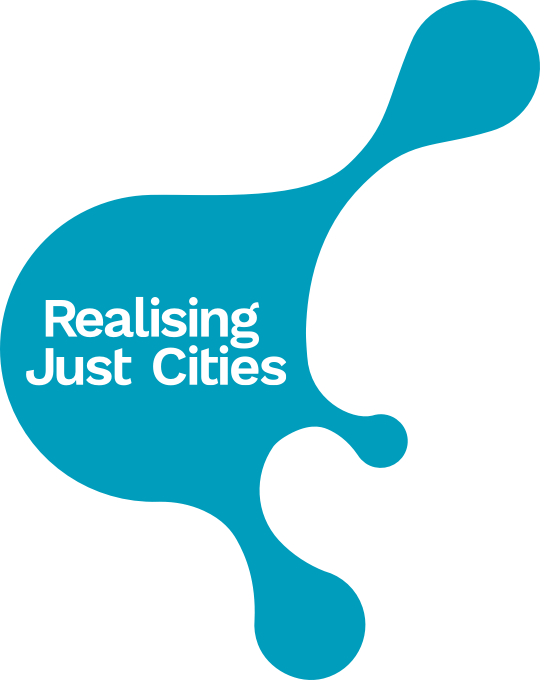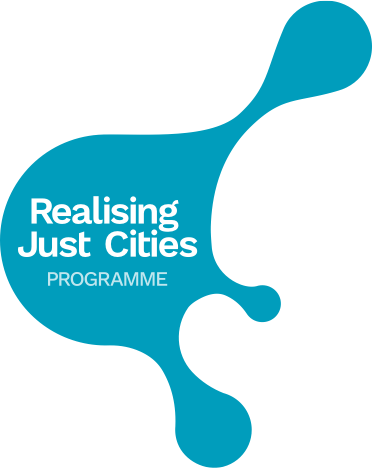Co-Production Treasure: learning through first-hand observation
A report from the National Association of Neighbourhood Management—Jam and Justice Treasure Hunt, 26 March 2019.
“We want to seize the opportunity to make devolution matter in Greater Manchester by creating spaces for social innovation and inspiring and igniting change”
(Jam and Justice research mission)
Ben Lee writes: Our co-production treasure hunt on 26 March in Eccles was designed to help us learn through first-hand examples how co-production works in places with city-regional governance. We wanted to go out to meet groups and organisations ‘on their own turf’ across Greater Manchester to gain deeper understanding of context, increase the likelihood of chance encounters, and create time for reflection as we travelled around.
We also wanted to test some of the early messages and conundrums to come from the Jam and Justice research:
- Do we assume good social innovations are always ‘new’, maybe they’re not?
- Are we hampered by a ‘bottom up is best’ fetish?
- What role do different types of ‘spaces’ play in enabling co-production?
- Do we fall into traps of thinking co-production and robust leadership cannot go together?
Our treasure hunt took us to three organisations for whom co-production is integral to their way of working:
We went to Boothstown Community Centre to meet learners taking part in the Tech and Tea course. The course is run by Inspiring Communities, the legacy organisation of Salford’s New Deal for Communities. A decade on from the end of the NDC’s multi-million pound programme, Inspiring Communities operates as a community anchor and charity on a fraction of the turnover of the NDC. In many ways the activities they run have more impact on the everyday lives of local people. At the same time, while they deliver services to the local community, their independent governance means their relationship with public sector agencies is based on negotiation rather than delegation.
We were given a walking tour by the paid support worker for Leigh Neighbours, a resident-led partnership set-up to oversee the spending of a Big Local lottery grant in Leigh West, Wigan. Big Local has provided £1m for Leigh Neighbours to spend or invest over ten years and Leigh Neighbours are using the money to take action on wide-ranging priorities set by the local community from improving the local environment, to tackling poor quality private-rented housing. Although resident-led group, with only featherlight support from paid staff, the objectives of Leigh Neighbours may sound similar to those of public agencies, but their model is quite different, based around community self-help and distributed leadership.
We met local social enterprise BlueSci at Coppice library in Sale which they run on behalf of Trafford Council as well as providing mental health and wellbeing services. BlueSci’s income comes from small grants and larger-scale commissions from the local NHS and Trafford Council. Although the services they deliver may vary, the common principle is that they are all collaborations. Professionals, volunteers, services users, and staff are seen as “companions or fellow travellers rather than experts”.
What did we learn?
- “Top down” versus “bottom up” is no longer a relevant framework
The three organisations we encountered were all community-based, and local in focus—yet each spoke of addressing our biggest societal challenges. For example, one organisation had developed a “bottom up” plan with a local school and its pupils to remove speed humps outside their school. Their reasoning was that extra pollution caused by drivers speeding up after each hump counteracted the gains for road safety. They decided to apply for sustainable transport funding from the Greater Manchester Combined Authority and received an enthusiastic response because this plan perfectly fitted with city-region’s “top down” goals around climate change, healthy lives, and co-production. There have been stumbling blocks, but not due to any gap in understanding between city-region and neighbourhood; the main challenge has been the local highways team’s limited bandwidth to engage.
- Co-production and “doing things differently” require leaders to do more than cheer-lead
We reflected on why it is that organisations like those we visited are often praised for what they do, including by city-regional leaders, yet they remain the exception rather than the rule. We considered the role of those who were ‘caught in the middle’ between innovative practice at community level and bold leadership messages coming from ‘above’ about risk-taking, doing differently, and thinking outside the box. We reflected on how disempowering it could be—as a local authority middle manager —receiving constant mood music from above about innovation but not having the tools or systems to support change and risk-taking. It might not even require onerous changes to systems and rules—a confident organisational leader can provide guarantees to middle and frontline staff that they will be supported if things don’t go to plan.
- Co-produced spaces *look* different
In one building we saw a sticky label on a light switch explaining it was in fact the fridge switch. This was a clue that the building was used by different groups at different times – maximising its use and also getting away from the idea that organisations have their own sets of assets and spaces. In a small car park we saw the narrow grass verge transformed into a vegetable plot in which herbs and winter leeks were growing. It was well tended, but looked homespun and fragile. Yet it had never been vandalised. There was not one simple lesson here, but it was clear that co-produced spaces look different, and that difference helps answer the question ‘is it really co-production’ and also sends important signals to others about ownership and ethos.
- Build in more ‘lived experience’ to policy development especially around service reform
The treasure hunt was specifically designed to enable us to connect ideas with real-life examples, experiences and viewpoints. This drew out the contrast with many strategic initiatives which are badged as ‘reform’ or innovation but become (or have always been) *unconnected* with real-life challenges and reality. This connection with reality could be achieved by holding more treasure hunts like this, or other similar methods, but the day was a reminder that you cannot deliver effective innovation as a paper exercise without constant connection to lived experiences and everyday reality.
Further information
National Association for Neighbourhood Management (NANM): localneighbourhood.org
Leigh Neighbours, Wigan: lnpb.org.uk
BlueSci, Trafford: bluesci.org.uk
Inspiring Communities, Salford: inspiringcommunitiestogether.co.uk
The photographs shown on this page were taken during the Treasure Hunt, as participants applied photovoice methods to identify examples of co-production, innovation, and expertise in action. Read more about photovoice methods (via wikipedia): en.wikipedia.org/wiki/Photovoice
To learn more about this event, contact Ben Lee (NANM): ben@neighbourhoodmanagement.net
A printable PDF copy of this report can be downloaded here.




